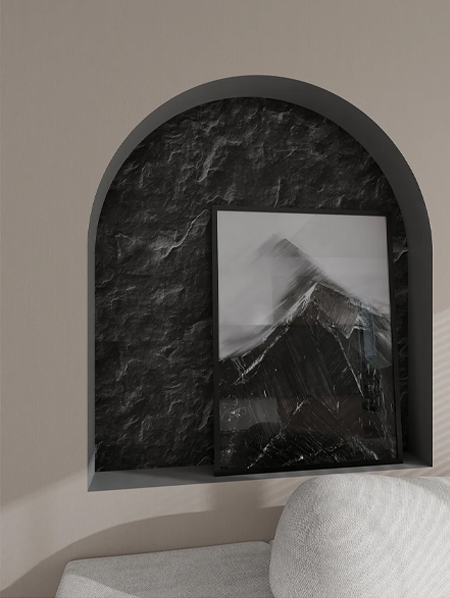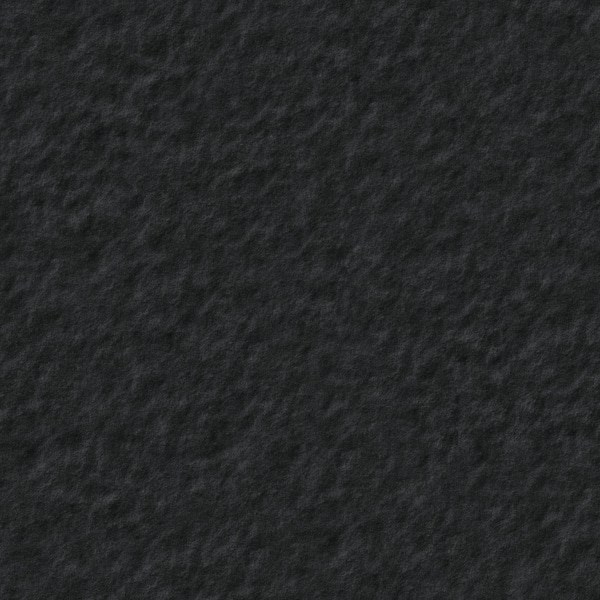
Our team is proud to offer on time guarantee and product guarantee to customer satisfaction.
Read More

There are various surface treatment technologies for fabric decorative paper, which are designed to enhance its decorative effect, durability, touch and special functionality. These treatment methods can give fabric decorative paper rich visual effects, texture and additional functions. The following are several common surface treatment technologies:
Embossing and embossing
Definition: Embossing technology forms a embossed effect or texture pattern by applying pressure on the paper surface, making the paper surface appear three-dimensional.
Application: Commonly used to create patterns, textures or regular details, such as patterns, geometric figures, brand logos, etc.
Effect: It can increase the visual appeal and feel of fabric decorative paper, giving people a high-end and exquisite feeling. It is widely used in gift packaging, book covers and other fields.
Printing
Definition: Printing technology uses ink or pigment to print patterns, text, images, etc. on the surface of fabric decorative paper. Common printing methods include screen printing, offset printing, thermal transfer printing and digital printing.
Application:
Screen printing: Suitable for mass production, can print simple patterns, text, etc., with bright colors and long-lasting effects.
Thermal transfer: Transferring patterns from transfer paper to fabric decorative paper by heating, suitable for fine patterns and multi-color printing.
Digital printing: Suitable for small batch customization, clear patterns, high precision, and able to achieve complex images and gradient color effects.
Effect: Printing technology can achieve complex and fine pattern design, rich colors, suitable for various application needs.
Inkjet technology (Spray Printing)
Definition: Inkjet technology is to spray pigments or inks onto the surface of fabric decorative paper through a jet nozzle, usually used to create gradient colors, abstract patterns or complex art designs.

Application: Commonly used in the production of modern art decorative paper, creative product packaging or advertising display.
Effect: Inkjet printing can achieve highly personalized and creative designs, suitable for small batch customization and high-quality image presentation.
Coating
Definition: Coating technology is to apply a thin protective layer on the surface of fabric decorative paper, usually composed of transparent polymers, resins or metal powders.
Application:
Gloss coating: Increase the gloss of paper, making its surface smoother and brighter.
Matt coating: Gives the paper a soft and delicate matte effect, suitable for elegant and simple style decoration.
Waterproof coating: Waterproof fabric decorative paper to make it more durable, especially for decorative paper used in outdoor environments or high humidity environments.
Oil-proof coating: Avoid oil stains, commonly seen in food packaging or kitchen decoration.
Effect: Coating treatment can improve the appearance and performance of fabric decorative paper, increase protection, durability and service life.
Dyeing
Definition: Dyeing is to change the color of fabric decorative paper by impregnating or spraying dyes, usually using plant dyes, synthetic dyes or natural dyes.
Application: Dyeing is often used to give fabric decorative paper a soft or rich color effect, especially in decorative paper that requires a natural and environmentally friendly feel.
Effect: Dyeing can make fabric decorative paper present a variety of tones and layers, enhancing the artistic expression of the paper.
Metallization
Definition: Metallization is to create a metallic luster or metallic texture effect by attaching metal film or metal particles to the surface of fabric decorative paper.
Application: Metallization is often used in high-end gift packaging, fashion accessories, advertising printing and some luxurious home decoration.
Effect: Metallization can add a luxurious and extravagant visual experience to fabric decorative paper, and the metallic luster can enhance the grade and attractiveness of the product.
Laser Engraving
Definition: Laser engraving technology uses a laser beam to accurately engrave the surface of fabric decorative paper to form fine patterns, text or textures.
Application: Widely used in customized fabric decorative paper, especially in the fields of gifts, souvenirs and crafts.
Effect: Laser engraving can create very delicate and complex patterns with high precision and artistry, and is not easy to fade.
Heat Pressing
Definition: Heat pressing technology is a combination of heat and pressure to produce patterns or textures on the surface of fabric decorative paper, similar to embossing, but can achieve richer effects through higher temperatures and pressures.
Application: Commonly used to make decorative paper with texture or embossed effects, especially in high-end decorative paper and wrapping paper.
Effect: Through heat pressing, delicate textures, patterns and text effects can be achieved, giving the paper a higher texture and three-dimensional sense.
Brushed & Sanding Effect
Definition: Brushed technology is to apply pressure on the surface of fabric decorative paper by mechanical means to form a fine texture; sanding effect is to remove part of the surface of the paper by mechanical or chemical means to create a rough or grainy effect.
Application: This technology is widely used to make decorative paper with a retro feel and unique texture, especially in high-end packaging, home decoration and other fields.
Effect: Brushed or sanded effects can make fabric decorative paper present a soft texture and texture, increase the touch and visual appeal of the paper.
UV Protection
Definition: UV protection technology can effectively prevent UV damage to paper, such as fading and aging, by applying a special coating on the surface of fabric decorative paper.
Application: This treatment is particularly suitable for fabric decorative paper used outdoors, such as advertising, curtains or outdoor decorative materials exposed to the sun.
Effect: UV protection can extend the service life of fabric decorative paper and prevent it from aging or fading quickly due to UV exposure.
Anti-Static Coating
Definition: Anti-static coating technology reduces the absorption of dust and dirt on the surface of fabric decorative paper by coating anti-static agent on the surface of fabric decorative paper.
Application: This technology is often used in electronic product packaging and some high-end decorative paper applications that are susceptible to static electricity.
Effect: Anti-static treatment can reduce the dust accumulated on the surface of paper due to static electricity, keep the surface of paper clean, and improve the maintainability and aesthetics of paper.
The surface treatment technology of fabric decorative paper is very rich, from embossing, printing to metallization, laser engraving, etc., which can be selected according to different needs and application scenarios. Each treatment method can not only enhance the aesthetics of paper, but also improve its functionality, such as waterproof, oil-proof, UV-resistant, etc. Therefore, choosing the right surface treatment technology can enable fabric decorative paper to better meet market demand and increase the added value of products.
We focus on environmentally friendly, healthy, and fashionable home decoration, making your living space shine with unique charm.
Copyright © Hangzhou Xinyue Decorative Materials Co., Ltd. All rights reserved.
Custom Decorative Papers Manufacturers
 English
English русский
русский عربى
عربى